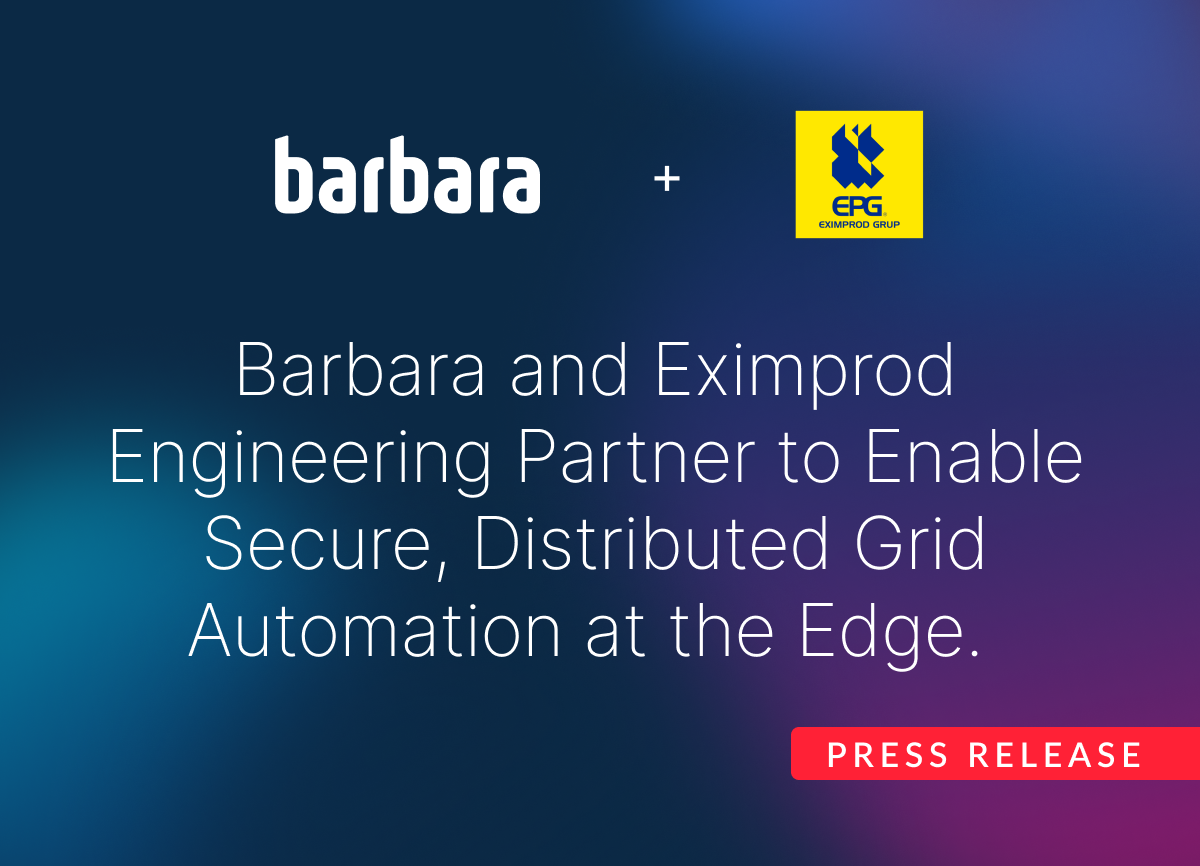How to Deploy Models in Multiple Locations?
Deploying machine learning models across multiple locations is becoming critical for scaling AI. Whether you're building infrastructure or serving diverse clients, this guide covers key strategies, challenges, and best practices for successful multi-site model deployment.
Understanding Model Deployment
Before diving into the intricacies of deploying models in multiple locations, let's first establish a clear understanding of what model deployment entails. Model deployment refers to the process of making a trained machine-learning model available for use, in real-world scenarios. This involves integrating the model into production systems where it can receive input data, make predictions, and provide valuable insights.
Traditional Deployment Approaches
Historically, model deployment was often confined to a single location or server within an organization's infrastructure. However, as the demand for distributed systems and edge computing grows, deploying models in multiple locations has become a necessity rather than a luxury.
Centralized Deployment
Centralized deployment involves hosting the model on a single server or cloud instance accessible to users or applications. While this approach offers simplicity and ease of management, it may not be suitable for scenarios requiring low latency or offline capabilities.
Distributed Deployment
Distributed deployment, on the other hand, distributes model components across multiple servers or nodes within a network. This approach enhances scalability, fault tolerance, and performance by leveraging parallel processing and load-balancing techniques.

Strategies for Deploying Models in Many Locations
Deploying models in multiple locations requires a strategic approach that accounts for factors such as latency, network constraints, regulatory compliance, and resource availability. Here are some key strategies to consider:
1. Containerization
Containerization technologies such as Docker and Kubernetes have revolutionized the way applications, including machine learning models, are deployed and managed. By encapsulating the model, its dependencies, and its runtime environment into a lightweight container, you can achieve consistency and portability across different deployment environments.
2. Edge Computing
Edge computing brings computational resources closer to the data source or end-user, minimizing latency and bandwidth consumption. Deploying models at the network edge enables real-time inference, offline functionality, and enhanced privacy by processing data locally without relying on centralized servers.
3. Hybrid Cloud Architecture
A hybrid cloud architecture combines the benefits of public cloud services and private infrastructure to deploy models across diverse environments. By strategically distributing workloads based on data sensitivity, regulatory requirements, and performance criteria, organizations can achieve optimal resource utilization and flexibility.
4. Federated Learning
Federated learning allows models to be trained across distributed devices or edge nodes without centrally aggregating raw data. By collaboratively learning from decentralized data sources while preserving privacy and security, federated learning enables model deployment in privacy-sensitive environments such as healthcare and finance.

Overcoming Model Deployment Challenges
While deploying models in many locations offers numerous benefits, it also presents several challenges that must be addressed:
- Infrastructure Complexity: Managing diverse deployment environments, networking configurations, and software dependencies can lead to increased complexity and operational overhead.
- Data Consistency: Ensuring data consistency and synchronization across distributed locations is crucial for maintaining model accuracy and reliability.
- Security and Compliance: Deploying models compliant with data privacy regulations and security standards requires robust encryption, access controls, and audit trails.
- Monitoring and Maintenance: Continuous monitoring, performance tuning, and version control are essential for maintaining deployed models and addressing evolving requirements.
Deep Dive in real use cases of Edge MLOps: MLOps at the Edge: Predicting Solar Radiation in Photovoltaic Plants

Frequently Asked Questions (FAQs)
- How can I ensure model consistency across different deployment environments? Ensuring model consistency involves adopting standardized development practices, versioning methodologies, and automated testing procedures. Containerization and configuration management tools can streamline the deployment process while minimizing environment-specific discrepancies.
- What are the security implications of deploying models in multiple locations? Deploying models in multiple locations introduces security considerations related to data transmission, access control, and vulnerability management. Implementing encryption protocols, multi-factor authentication, and intrusion detection systems can mitigate security risks and safeguard sensitive information.
- How can I scale model deployment to accommodate fluctuating workloads and user demands? Scaling model deployment requires implementing dynamic provisioning, auto-scaling policies, and resource allocation strategies that adapt to changing workload patterns and performance requirements. Cloud-based services and serverless architectures offer scalability and elasticity to handle variable workloads efficiently.
Deep dive about Edge MLOps :Edge MLOps with Barbara: Operationalizing AI at the Edge
About Barbara
Barbara is the Edge AI Orchestration Platform for organisations seeking to overcome the challenges of deploying AI in highly distributed environments. Barbara empowers OT managers with IT capabilities to digitize processes, enabling seamless data capture, processing, and real-time decision-making. With Barbara, companies can deploy and monitor AI models in minutes by simply exporting and uploading them to the platform.

Our capabilities include:
.– Industrial Connectors for legacy or next-generation equipment.
.– Edge Orchestration to deploy and control docker-based applications across thousands of distributed locations.
.– Edge MLOps, to optimize, deploy, and monitor trained models using standard or GPU enabled hardware.
. – Remote Fleet Management for provisioning, configuration and updates of edge devices.
.– Marketplace of Certified Edge Apps ready to be deployed.
Contact us to discuss how we can help accelerate your Edge AI projects.



.png)





